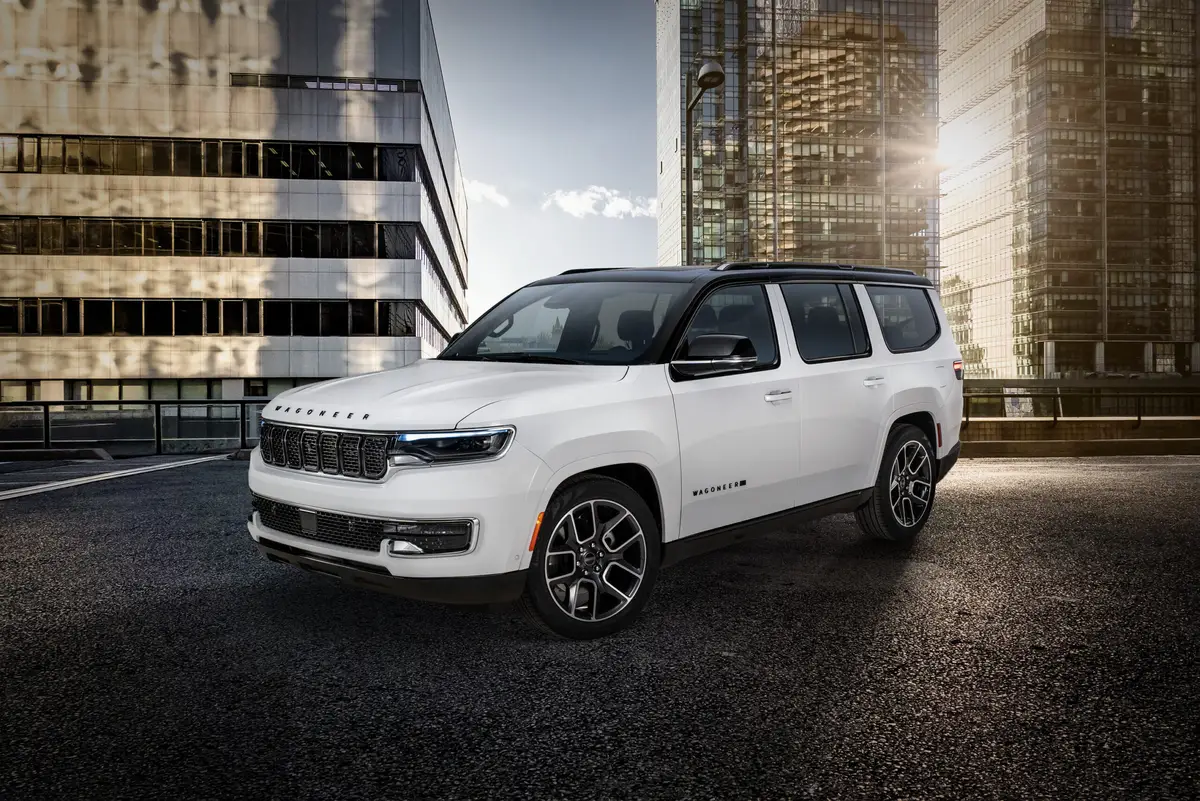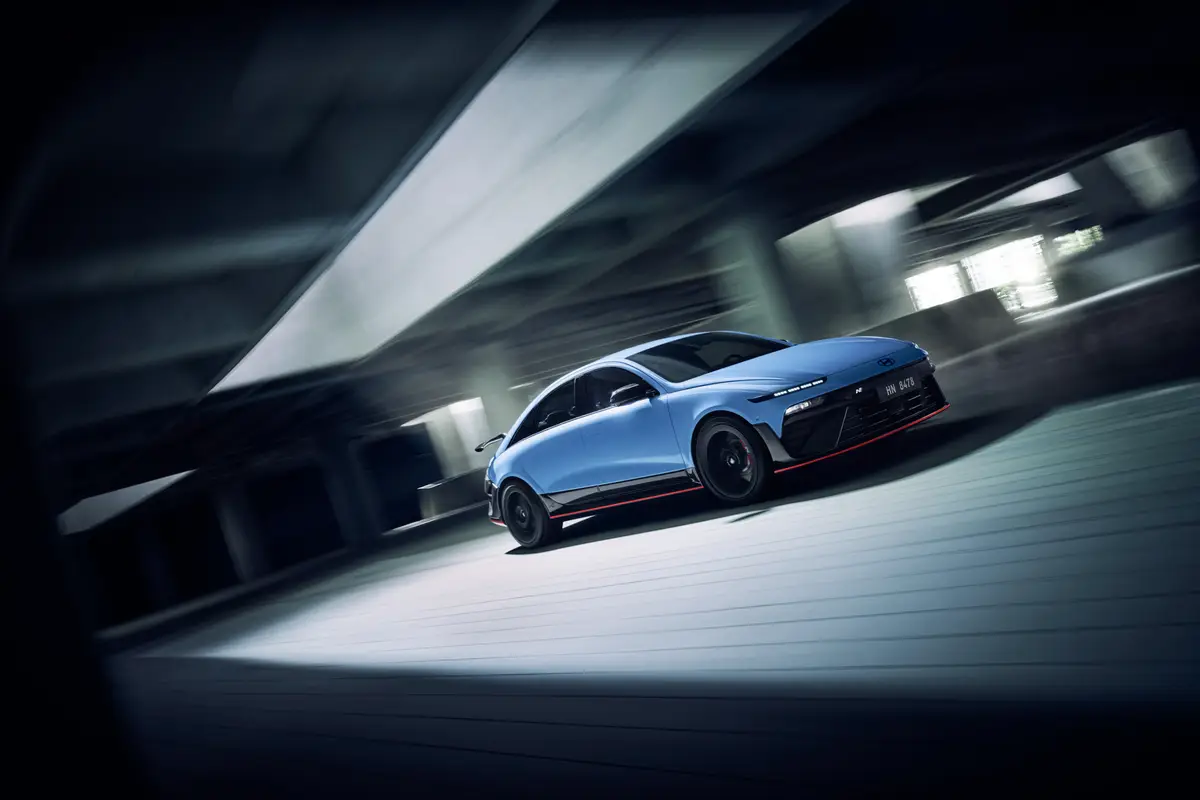Star-Telegram.com's view
Ford might finally have the solution to its car problem.
On the way to dealers now is the all-new 2006 Fusion, a modern, stylish, affordable midsize sedan.
The Fusion not only takes the place of the aging Taurus, but gives Ford perhaps its first truly mainstream car product since the Taurus faded from dominance of the midsize segment in the mid-90s.
The Taurus, which for three years in the ’90s outsold the Toyota Camry and Honda Accord, fell into disfavor with consumers following a ridiculous redesign in 1996 that made the car unappealing to both old and new customers alike.
Despite some tweaks since then, including replacment of its odd oval rear glass, the car has failed to recapture its lost popularity, and has been relegated mostly to corporate, government and rental fleets of late. It will be discontinued after this model year.
To replace it, Ford is using a “bracketing” strategy, bringing two new midsize models to market.
The first, the Five-Hundred sedan, made its debut last fall. Larger than the Taurus, the Five Hundred, which looks much like the even larger Crown Victoria, clearly was aimed at older buyers who once found the Taurus so appealing.
While sales haven’t been stellar, they have been good, Ford Marketing Vice President Darryl Hazel said.
“We actually had a very good month with the Five Hundred in August,” he said. The other side of the bracket, though, is the one Ford hopes will bring in those elusive younger buyers who usually buy import brands.
Slightly smaller than the Taurus, and based on the chassis of the very popular Mazda6 sedan, the Fusion is aimed at consumers age 25-39, who are either singles or young married couples.
Coveted by the automakers, these consumers are considered trend-setters, and they have been the ones who have been mostly loyal to Japanese car brands, including Toyota, Honda and Nissan.
To reach them, Ford not only is offering a car with a clearly Japanese heritage (Mazda, the No. 4 Japanese automaker, is now controlled by Ford), it’s also planning a major promotional campaign that will reach beyond traditional advertising to find these trend-setting customers.
Those include the Internet, cellphones and even a series of unannounced free rock concerts that potential young customers can find out about by registering at Ford’s Fusion Web site.
So what is this car all about?
Built on the same architecture as the Mazda6 sport sedan, the Fusion is billed as softer and more-affordable, with a starting price of $18,000 and a well-equipped price of about $20,000.
That’s thousands less than some Camry and Accord models, and about the same as some of the South Korean competitors, such as the Hyundai Sonata and Kia Optima.
“The Fusion is aimed straight at the heart of the midsize market,” said Paul Mascarenas, Ford’s vice president for North American vehicle programs. “We’re dead serious about competing with all comers.”
The car has a much more-striking appearance than the Five Hundred, with a sloping hood and distinct three-bar grille that Mascarenas called “the new face of Ford.”
“The Fusion,” he said, “has a spacious cabin with generous leg and hip room for all five passengers.”
Two engines will be offered. The base model gets a 2.3-liter, double-overhead-cam, four-cylinder rated at 160 horsepower and 150 foot-pounds of torque. It’s connected to a five-speed manual gearbox, and a five-speed automatic transmission is optional.
This engine and the manual transmission give the Fusion highway fuel economy of 31 miles per gallon, Ford says.
For those who want more power, there is a 3.0-liter Duratec double-overhead-cam V-6, rated at 221 horsepower and 205 foot-pounds of torque.
Connected to a six-speed automatic transmission, this engine gives the Fusion up to 29 miles per gallon on the highway, the company says.
With exterior design taken primarily from the Ford 427 concept vehicle shown at major auto shows, Ford says the new Fusion has “class-leading torsional rigidity, the foundation for exceptional driving dynamics.”
Mercury gets a version of the Fusion called the Milan, and even Lincoln has its derivative, the Zephyr. Both are making their debuts this fall as well.
The Zephyr, with more built-in luxury, comes only with the V-6 engine, and will have its own separate, higher-performance powerplant next year, said Brian Vought, Ford’s chief platform engineer for the Fusion, Milan and Zephyr.
“The three cars have the same V-6 engine and common doors, but with the Zephyr, everything else about the body and interior is different,” he said.
The Milan comes with the same engines, but has somewhat different styling and interior trim, he said.
The three are differentiated from the Mazda6 by roomier interiors and a softer ride, he said.
“Mazda has positioned the 6 as a sport sedan, and that’s a different market,” he added.
For Ford, the Fusion’s platform is versatile enough to be the basis for a range of other products that will come along later, Mascarenas said. They include crossover sport utility vehicles and performance models, he said.
The 2006 models call come with front-wheel drive, but next year all-wheel drive will be added as an option, he said.
The V-6 model can accelerate from zero to 60 mph in just eight seconds, Mascarenas said. “It has better fuel economy, more horsepower and one more transmission gear than the Camry.”
Why is this car important to Ford?
“Because it helps us get back to Ford’s roots — transportation value,” Hazel said. “This is a very serious competitor across the board, and puts Ford back in the car business.”
The marketing campaign aimed at the younger buyers, beginning in October, will be themed “Live Life in Drive,” said Jyarland Jones, the Fusion marketing launch manager.
Besides traditional newspaper, TV and magazine advertising, the campaign will also go after some specific targets, including NASCAR fans, African Americans and Hispanics, she said.
The Fusion will become Ford’s vehicle for NASCAR stock-car racing, and ads will help sponsor NASCAR telecasts.
The company also plans a tie-in with America Online’s instant-messaging service, which has 31 million customers, Jones said.
The free Fusion “flash” concerts, in secret locations, also will be recorded live, and CDs from the concerts will be sold exclusively through Target stores, she said.
Ford hopes to sell at least 100,000 Fusions and 100,000 Five Hundreds a year. The combined 200,000 sales would still be way short of the usual annual totals for the Camry and Accord. Toyota sold 426,990 of the Camry last year, and Honda sold 386,770 Accords.
Among features available on Fusion models are tilt-and-telescopic steering wheela, heated front seats and a six-disc, in-dash CD player that also plays MP3 discs.
Standard features include four-wheel power disc brakes, and an antilock system is optional.
All three cars are built at Ford’s plant in Hermosillo, Mexico.
Ford also says it will develop gasoline-electric hybrid versions of the Fusion and Milan, which will go on sale in late 2008.
– – –
G. Chambers Williams III is staff automotive columnist for the San Antonio Express-News and former transportation writer for the Star-Telegram. His automotive columns have appeared regularly in the Star-Telegram since 1995. Contact him at (210) 250-3236; chambers@star-telegram.com.
Latest news



